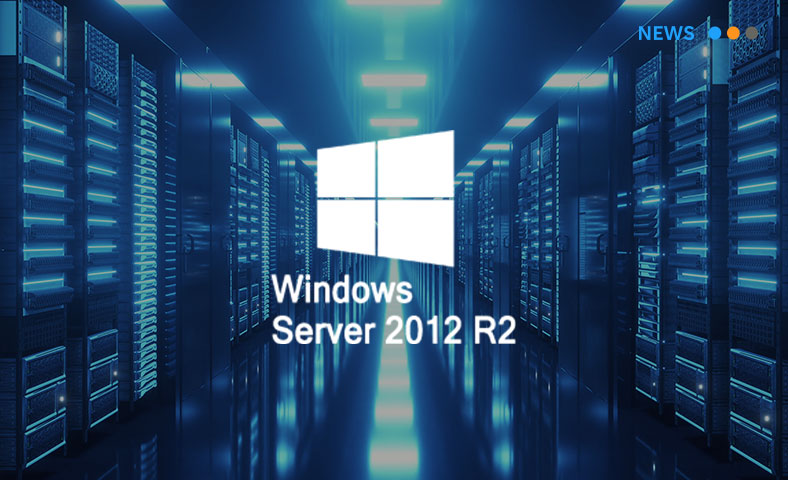Some new ways to expand your market with Cloud solutions
April 14, 2016Cloud Wars: The hidden and not so hidden costs of On Premise Solutions
April 14, 2016The emergence and currently significant adoption of Software as a Service has provoked a real seismic movement in the “traditional” on premises software industry, which is seriously shaking the pillars and roots where they were well sustained.
The biggest positive impact of the SaaS emergence and adoption is clearly for customers and business, not only due to the many benefits of SaaS, but due to the fact that customers are now in total control of the relationship with the vendors. That means that for the software industry, too, the relation has changed from a product market to a buyers’ market, and there, customer experience is everything.
While SaaS is favoring some new players, the software giants –with some brilliant exceptions- have been and are still struggling hard to change their business model to the on demand, pay per use “rent” licensing model, contemplating how the Cloud competitors are steadily eating their share of the market. The big ones are reacting by massive acquisitions in order to increase their presence and number of “Cloud users”, but is that the right business model?
Per se, Software as a Service is a much more complicated business model for Cloud vendors to what it seems, and with that I mean it is difficult for them to generate consistent and growing profits.
What are the issues of the SaaS Business Model?
To briefly summarize the three most important:
- On average, customer acquisition is more expensive per year that the profits Cloud Vendors get from them. That has to do with the amount of marketing and sales expenses that a vendor needs to invest as compared with the average Customer Lifecycle Value.
- Customer retention is now more important than ever. Not investing in retaining customers has a direct impact on an increase “churn rate” (the Achilles heel), making it more difficult for growth and margins. With SaaS, selling does not end with signing a contract. Now, vendors have to provide exceptionally good service during the whole time, not just at the presales stage.
- The third issue that Cloud Vendors have is the cash flow Since the “value” of the licensing and the economy of scale for the services are being deferred Cloud vendors need big pockets to sustain the negative flow. Hypothetically there is an inflection point where it all starts to come back and grow, but we can see financial reports of some of the most prestigious and rapidly growing SaaS vendors which indicate that they keep struggling to make some profit after….several/many years of operations.
There are other issues in the Business Model which relates to the previous ones, like overcoming the “customer sensation” that the Vendors are not really telling me the whole truth about TCO, or the fact that many of the largest Software as a Service applications is really lacking the basic characteristics of Cloud computing, like not discussing SLAs in detail, like real On Demand, like self-service, like real pay for use, like real elasticity…. Hmmm!
Are there other ways of selling and contracting SaaS?
Customers have some alternatives to “pure SaaS” like Managed Cloud as a Service (MCaaS). While in SaaS, “everything” (look at the fine print though!) is included, in MCaaS, you buy or rent your own license and your Cloud Vendor takes care of the rest (Infrastructure on the Cloud, operations, system admin, maintenance and support). I will come to a fine comparison of both models in another article, since it needs much closer attention and explanation.
Now to the question, if there are other models and other alternatives to selling and contracting SaaS, I´m going to take the role of a customer, and these would be my requirements:
- When I mentioned earlier “real” Cloud Computing is that for most bigger SaaS systems and vendors, there is no real “self-service” (you have to negotiate and contract and after signing they will provision the systems), there is no “pay for what you use” (is normally pay for the upper limit of what you could be using), and definitively there is a very limited elasticity (yes, you can normally and easily ask for an increase on the number of users, but the other way around is typically hard, if not impossible). So, if I am about to be a customer, I would really want to see these topics improved. Just asking for better customer experience, and if you, Cloud Vendor, give it to me, I´ll be much happier with you and stay longer.
- I want that, after a certain period of my contract, I stop paying for the licensing fees and only pay for the added value services. As an example: let´s suppose that an on premise license of a certain software for one business user is US$2500 plus a 20% yearly maintenance fee. Similar or the same software in a “SaaS” model is costing US$125 per user/per month, so in 20 months of contract the “license” is “paid off”, but of course the SaaS vendor is also providing many other services (Infrastructure, platform, networking, upgrades, maintenance, patches…) Fair enough. So maybe in 36 months (after 3 year of contract), the fee could be lowered (30-40%) and the customer retains “renting rights” for the license as long as they keep the contract active. With this model, the customer is happier that “licensing is paid off after a certain time”, and for the vendor it can be a great way to retain customers and avoid/lower churn rate.
In summary, while the Software as a Service business model is a hard one for Cloud Vendors and even more so for traditional software giants in the process of transitioning to the new model, I believe there are ways of providing alternative pricing and services to customers which could increase their satisfaction, their loyalty and have a longer and lasting business relationship.
What do you think? Does this make sense?




